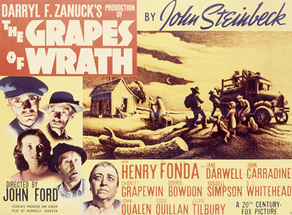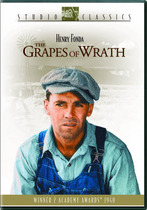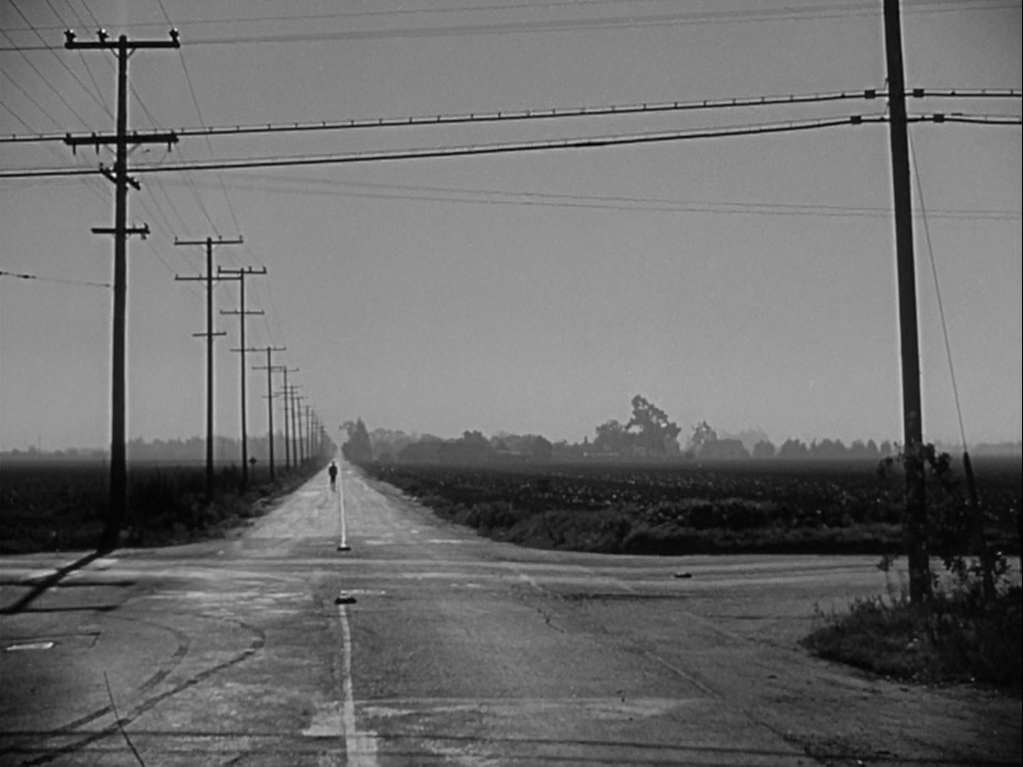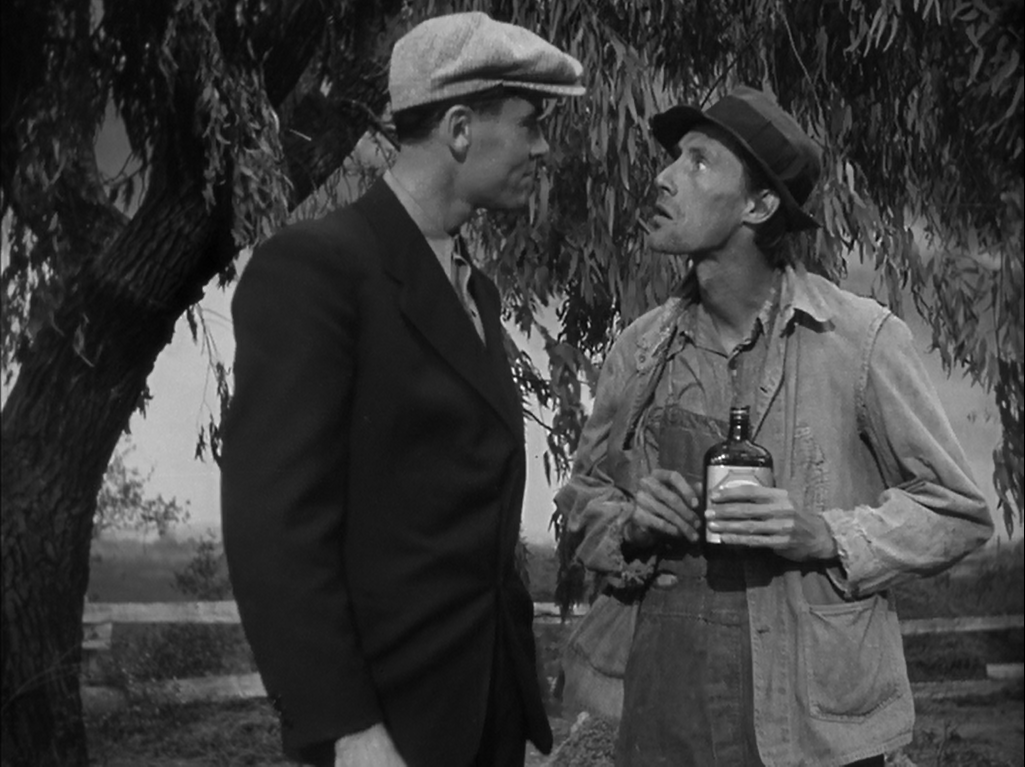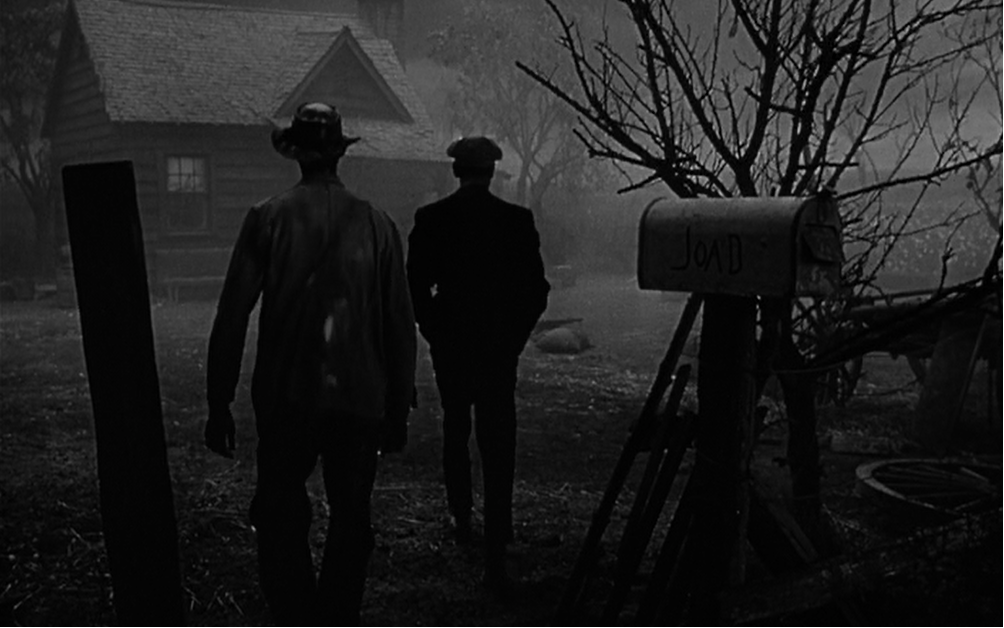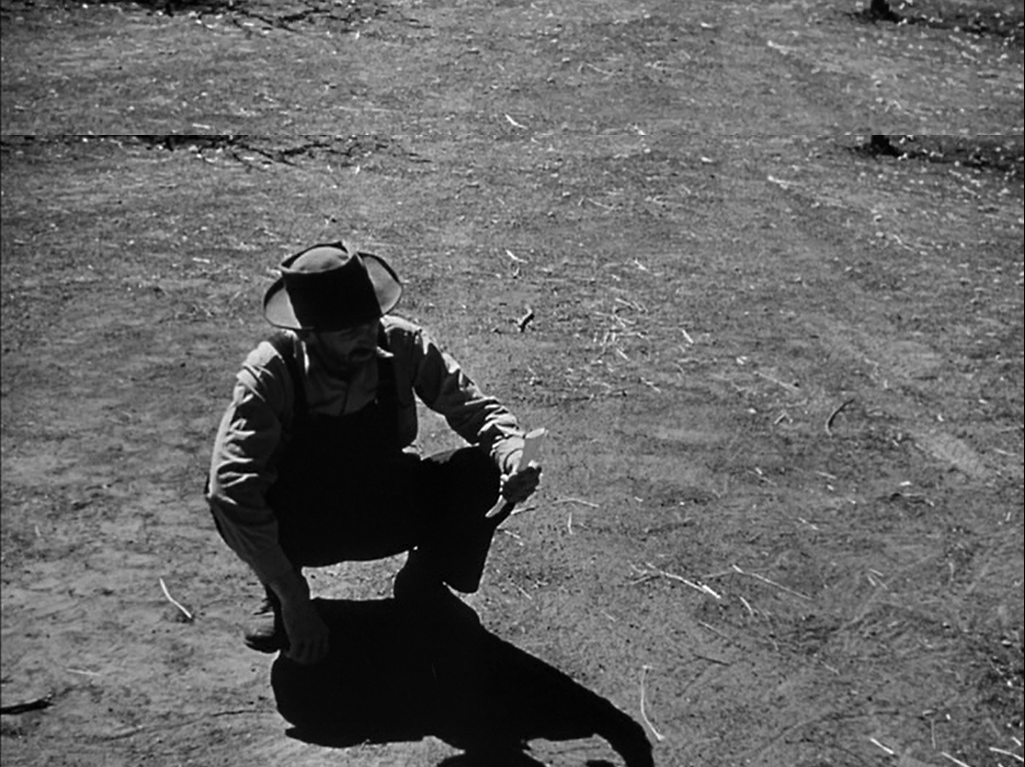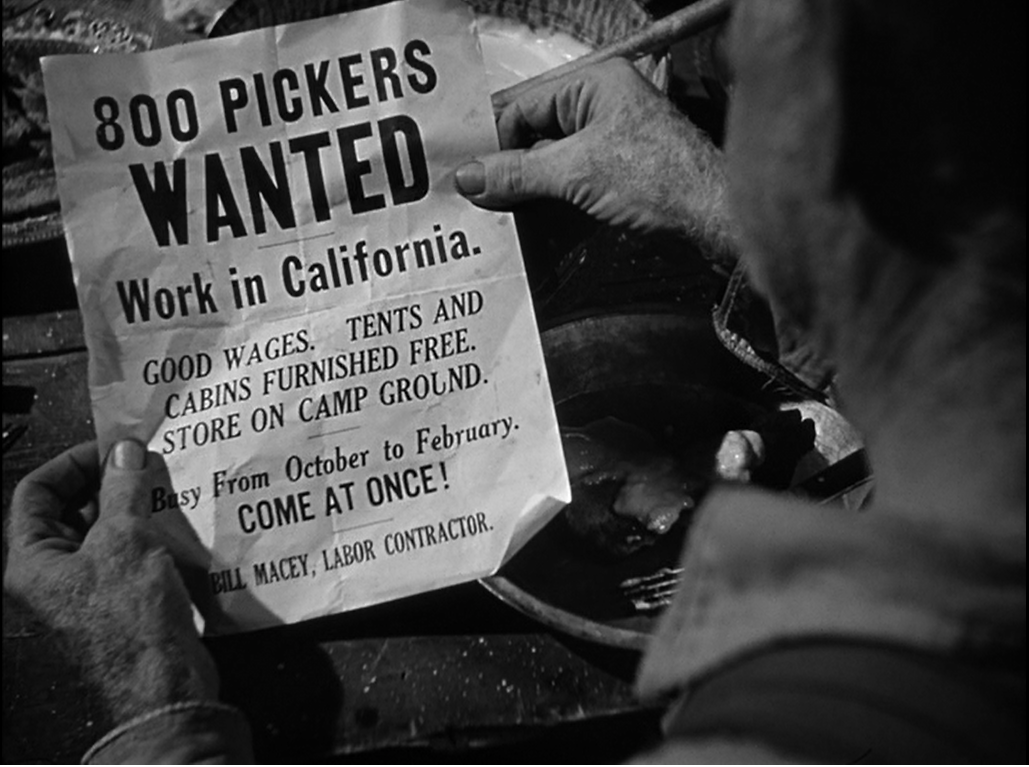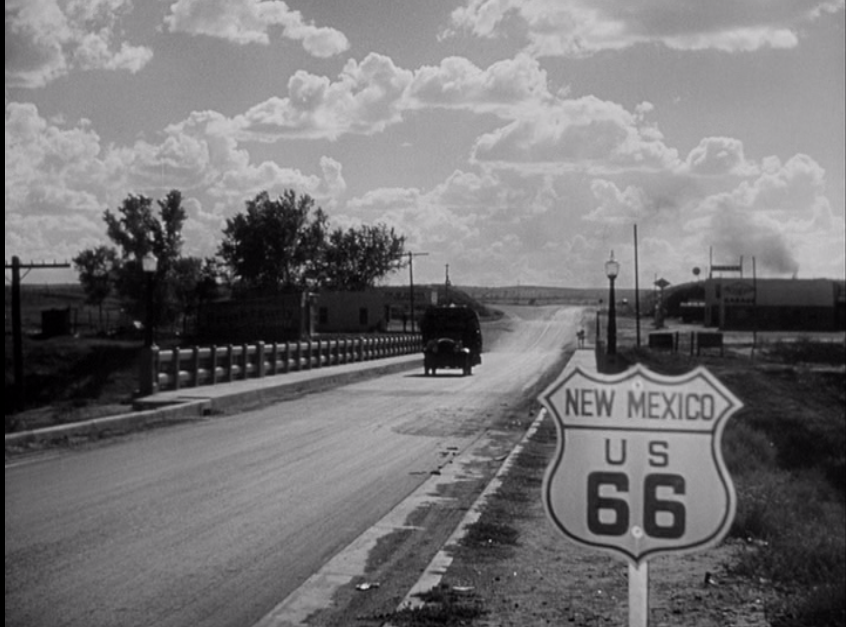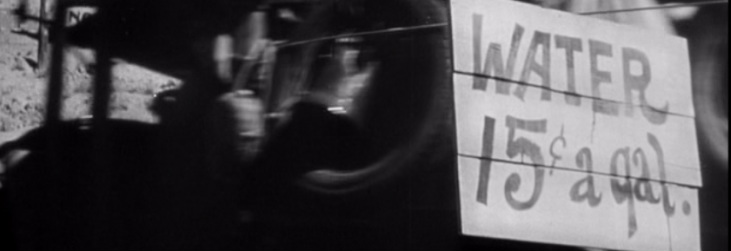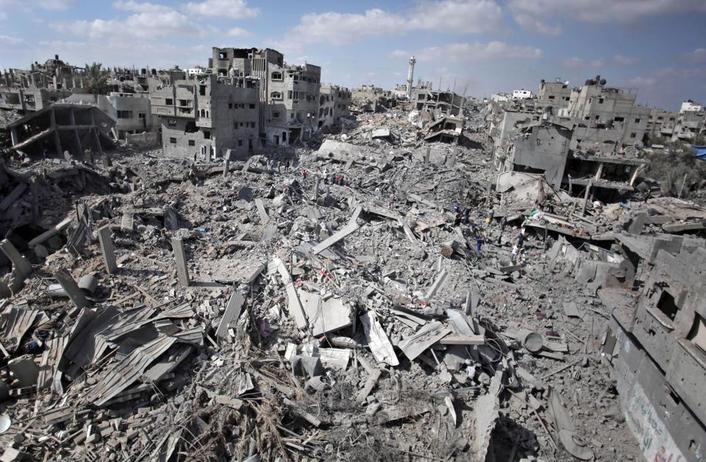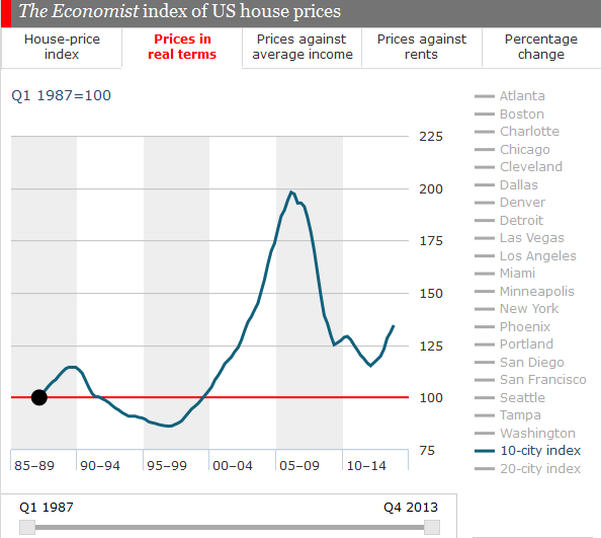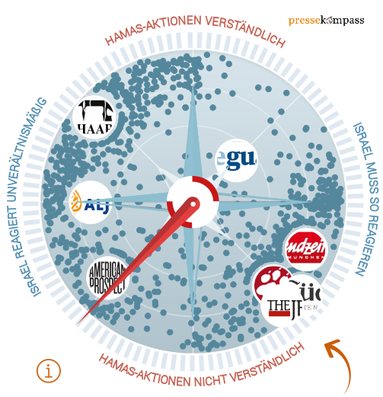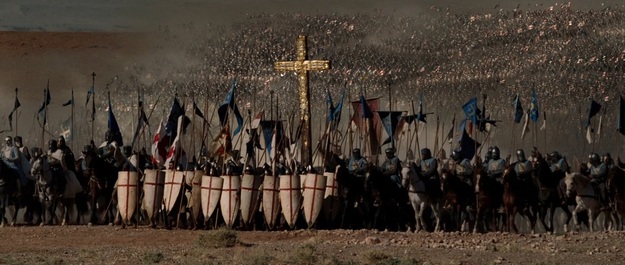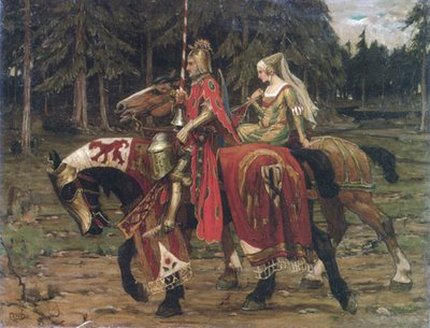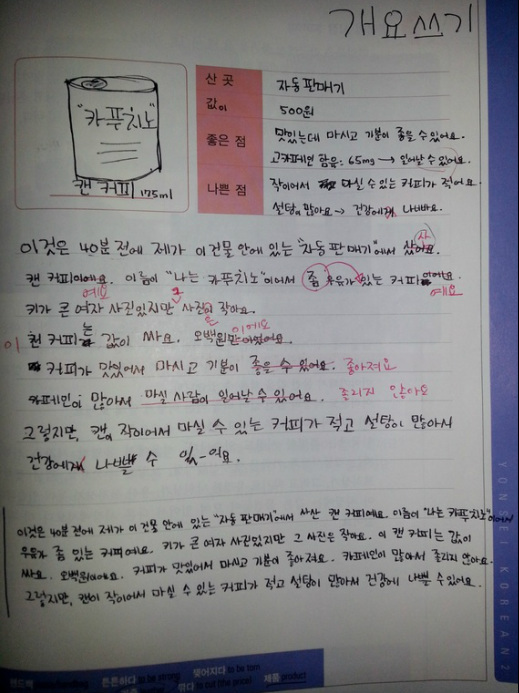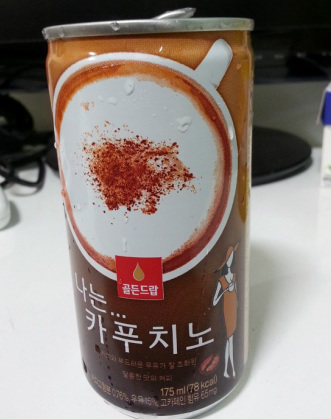|
The Grapes of Wrath was released in March 1940, not long before (both sets of) my grandparents got married. Perhaps they saw it while on a date on some Saturday night back then.I think it would’ve especially drawn the sympathy of my father’s parents (who married in Feb. ’41), as they were also involved in farming at the time, in Iowa, not far from the Dust Bowl.
I watched this movie in 2014 for the first time. Grapes of Wrath is based on a book. I read it in high school. Most of it, anyway. I gave a poorly-thought-out and poorly-delivered presentation on the themes of the movie, to the disappointment of our 11th grade English teacher, Mr. Mo***. Oh, I admired that man. He may have been more of an influence on my thinking than I realize. I’d like another shot at that presentation. I can do better now. The movie has a simple plot: Expelled by the bank from their long-held farm in Oklahoma, westward the Joad family goes, to California. They want work. Ill fortune awaits. The local “company thugs” mistreat them, exploit them, lie, cheat, and treat them cruelly. The family begins to disintegrate. Tom Joad reacts by becoming a kind of political radical outlaw (this is toned down in the movie) and the ending is uncertain. Here are some screenshots I took: |
Woody Guthrie, the famous folk singer in the 1930s and 1940s, lived among the Dust Bowl refugees and Oklahoma native, wrote a song after seeing this movie. Here are some of the lines from his song about what happened to the Joads and their friend Preacher Casey in California:
___________________________________________________________________
From “Tom Joad” by Woody Guthrie (1940)
They stood on a mountain and they looked to the west
And it looked like the promised land
That bright green valley with a river running through
There was work for every single hand, they thought,
There was work for every single hand
The Joads rode away to the Jungle Camp
There they cooked a stew
And the hungry little kids of the Jungle Camp said,
“We’d like to have some, too”
Said “We’d like to have some, too”
Now a deputy sheriff fired loose at a man
Shot a woman in the back
Before he could take his aim again
Preacher Casey dropped him in his track, poor boy,
Preacher Casey dropped him in his track
They handcuffed Casey and took him to jail
And then he got away
And he met Tom Joad on the old river bridge
And these few words he did say, poor boy,
These few words he did say:
“I preached for the Lord a mighty long time,
Preached about the rich and the poor,
Us workin’ folks must all get together
‘Cause we ain’t got a chance anymore
We ain’t got a chance anymore!”
Now the deputies come and Tom and Casey run
To the bridge where the water run down
But the vigilante thugs hit Casey with a club
They laid poor Casey on the ground, poor Casey
They laid Preacher Casey on the ground
Tom Joad, he grabbed that deputy’s club,
Hit him over the head
Tom Joad took flight in the dark rainy night
And a deputy and a preacher lyin’ dead, two men,
A deputy and a preacher lyin’ dead
Tom run back where his mother was asleep
He woke her up out of bed
And he kissed goodbye to the mother that he loved
He said what Preacher Casey said, Tom Joad
He said what Preacher Casey said
Everybody might be just one big Soul
Well, it looks that way to me
Everywhere that you look in the day or night
That’s where I’m a-gonna be, Ma
That’s where I’m a-gonna be…

